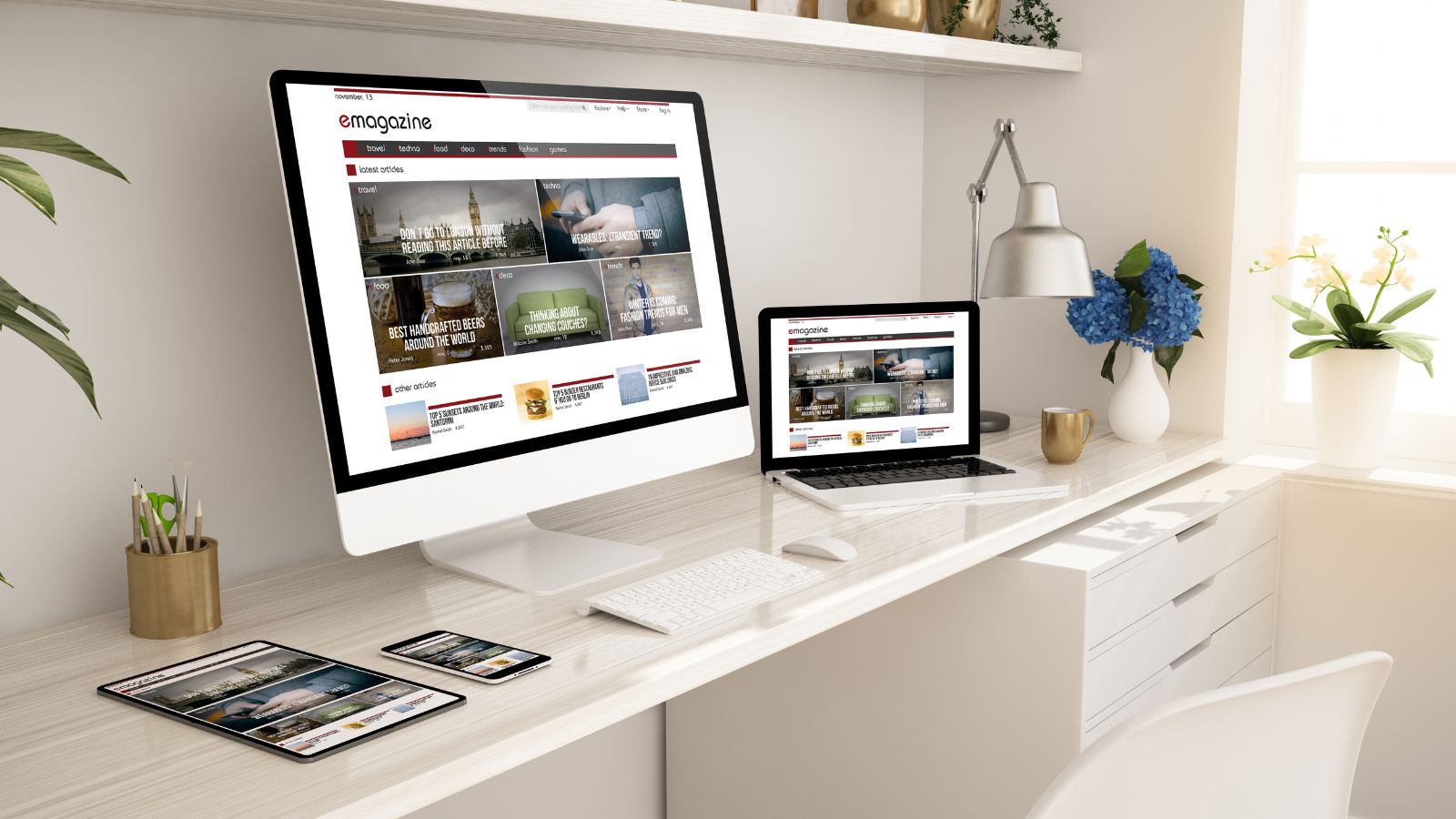Creating a website doesn’t have to cost an arm and a leg. In fact, with the right tools and a bit of patience, you can have your own site up and running in no time. Whether you’re a small business owner, a blogger, or just someone who wants to share their ideas with the world, a free website design platform could be the solution you’re looking for.
Design Website Free
In the age of digital dominance, the ability to design a website for free comes with numerous benefits that can support both budding individuals and small businesses.
One of the most appealing aspects of free website design is cost-effectiveness. When you’re just starting out, budget-friendly options are a priority. Free website design tools give you the power to create your online presence without placing a strain on your pocket.
Free design platforms also offer a range of easy-to-use templates and features that cater to a wide array of user skills. This means that even without technical know-how, anyone can design and launch an attractive and functional website. Given that these platforms focus on accessibility, there’s a significantly lower learning curve involved in creating a website.
Some free platforms offer access to community support. These platforms often have large communities of users who can provide helpful feedback, solve common issues, and even aid with advanced customization. You are not limited to help desk hours but can leverage the collective experience of thousands.
However, it’s important to be aware that while free website design platforms offer a multitude of features, they may not offer the same level of robustness and customization as paid alternatives. It’s crucial to assess your needs carefully and decide if a free website design solution will suffice or if a small investment in a paid service might boost the credibility and functionality of your site.
 Top Free Website Design Platforms to Consider
Top Free Website Design Platforms to Consider
As the digital world grows, free website design platforms create worthwhile opportunities for individuals and small businesses. Below are some of the top choices, packed with features that make website creation a breeze.
Wix: Wix delivers a user-friendly drag-and-drop interface, a vast selection of templates and the power of artificial design intelligence (ADI). Its functionality enables the creation of websites that are not only attractive but also mobile-friendly, vital in an increasingly mobile world.
WordPress.com: Don’t mistake it for its paid brother, WordPress.org. WordPress.com offers a substantial range of free services including hundreds of customizable themes. An added advantage? Its blogging capabilities are among the best on the market, making it an ideal platform for bloggers and publishers.
Weebly: Weebly stands out for its well-crafted website builder and a rich set of eCommerce tools. This makes it an excellent option for online stores or individuals interested in selling products or services online without hefty startup costs.
Webnode: With over 30 million users, Webnode is a popular choice among those wanting to design a website free of charge. The platform offers multilingual support, a perk for those targeting a global audience.
 Key Features and Limitations of Free Website Design Platforms
Key Features and Limitations of Free Website Design Platforms
When it comes to free website design, platforms like Wix, WordPress.com, Weebly and Webnode offer a plethora of features that make them user-friendly and cost-effective.
Wix
The platform is acclaimed for its drag-and-drop interface and a vast selection of templates. It’s flexible, allows customization with ease and caters to a wide range of website types, from blogs to portfolios and eCommerce. Nevertheless, Wix’s flexibility can sometimes become overwhelming for beginners, and the free plan includes ads on every page.
WordPress.com
This platform offers simplicity, aesthetic themes, and a wholesome blogging environment. However, it’s comparable to a double-edged sword – While it bestows users with ease of use, it trails behind in customization options. Also, users might find the upgrade prompts a bit too persistent.
Weebly
Weebly’s real charm lies in its graceful balance of simplicity and versatility. It features a straightforward editor and robust eCommerce tools. However, the trade-off for this ease is a lesser degree of customization freedom compared to rivals like Wix. Plus, its free version also places ads on the site.
Webnode
Webnode impresses users with streamlined templates and multilingual support. But, the platform falls short in terms of template flexibility. It’s a steeper challenge to make amendments once a template is chosen. Additionally, the limited eCommerce tools curb its suitability for online businesses.